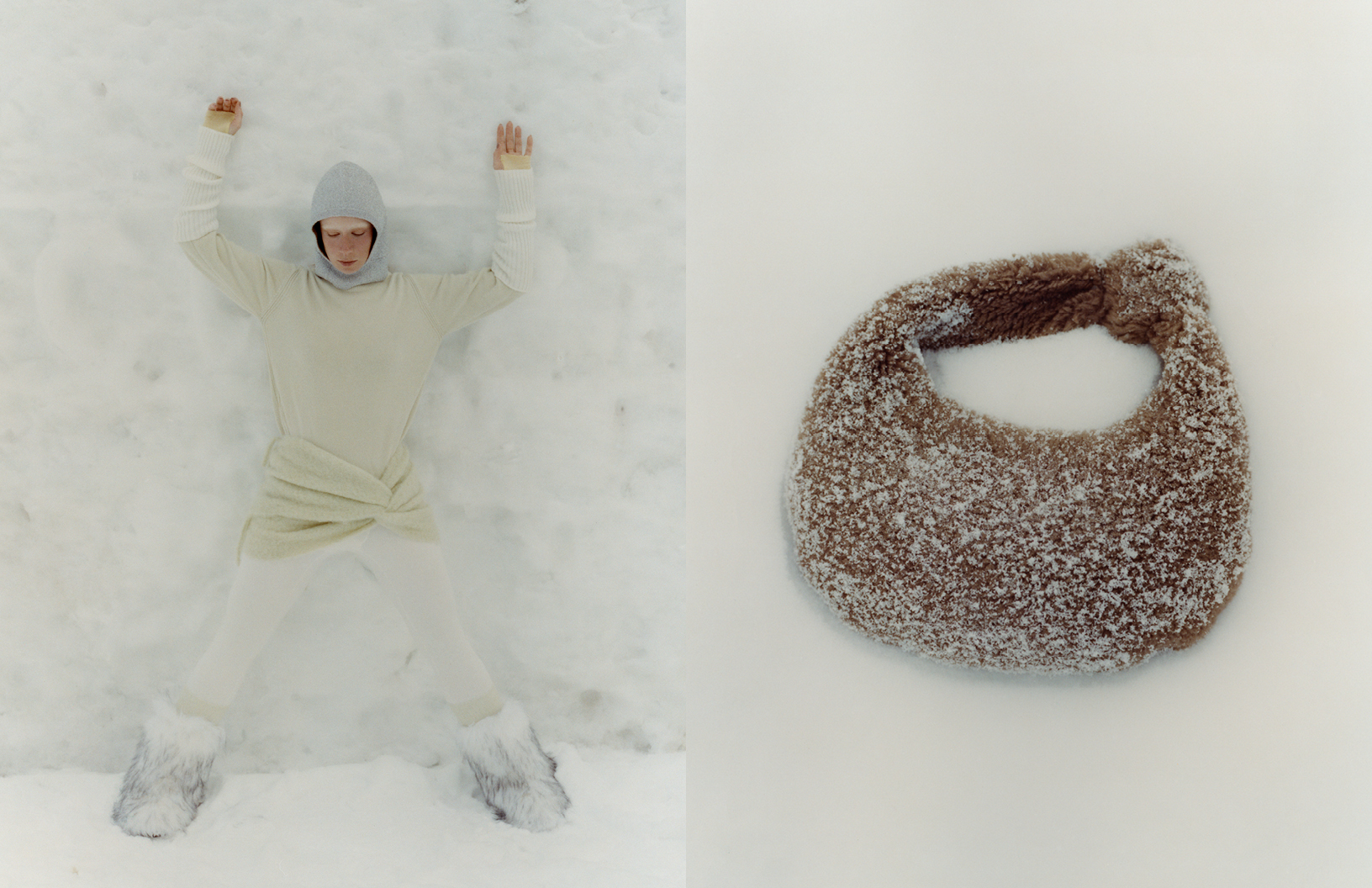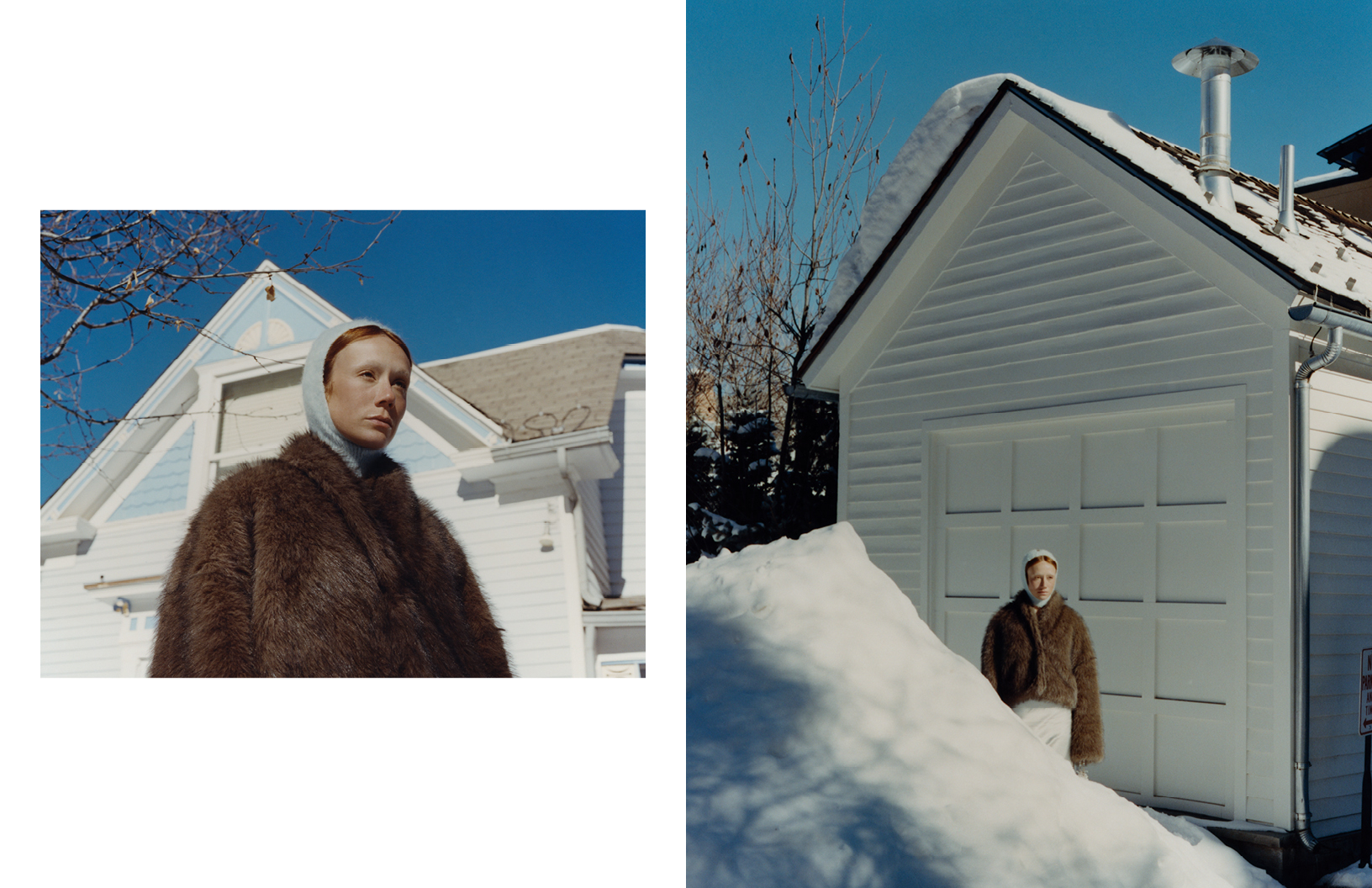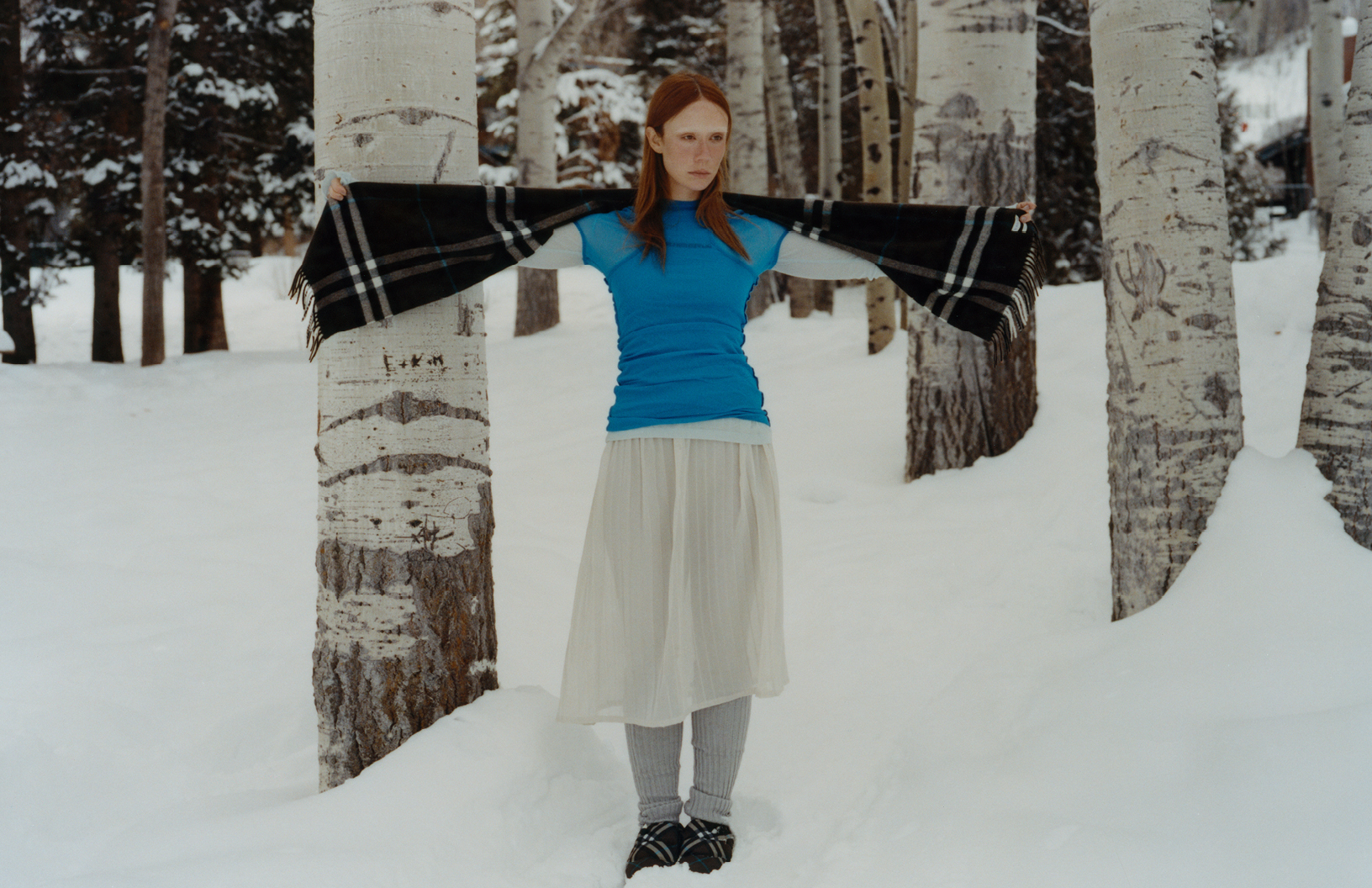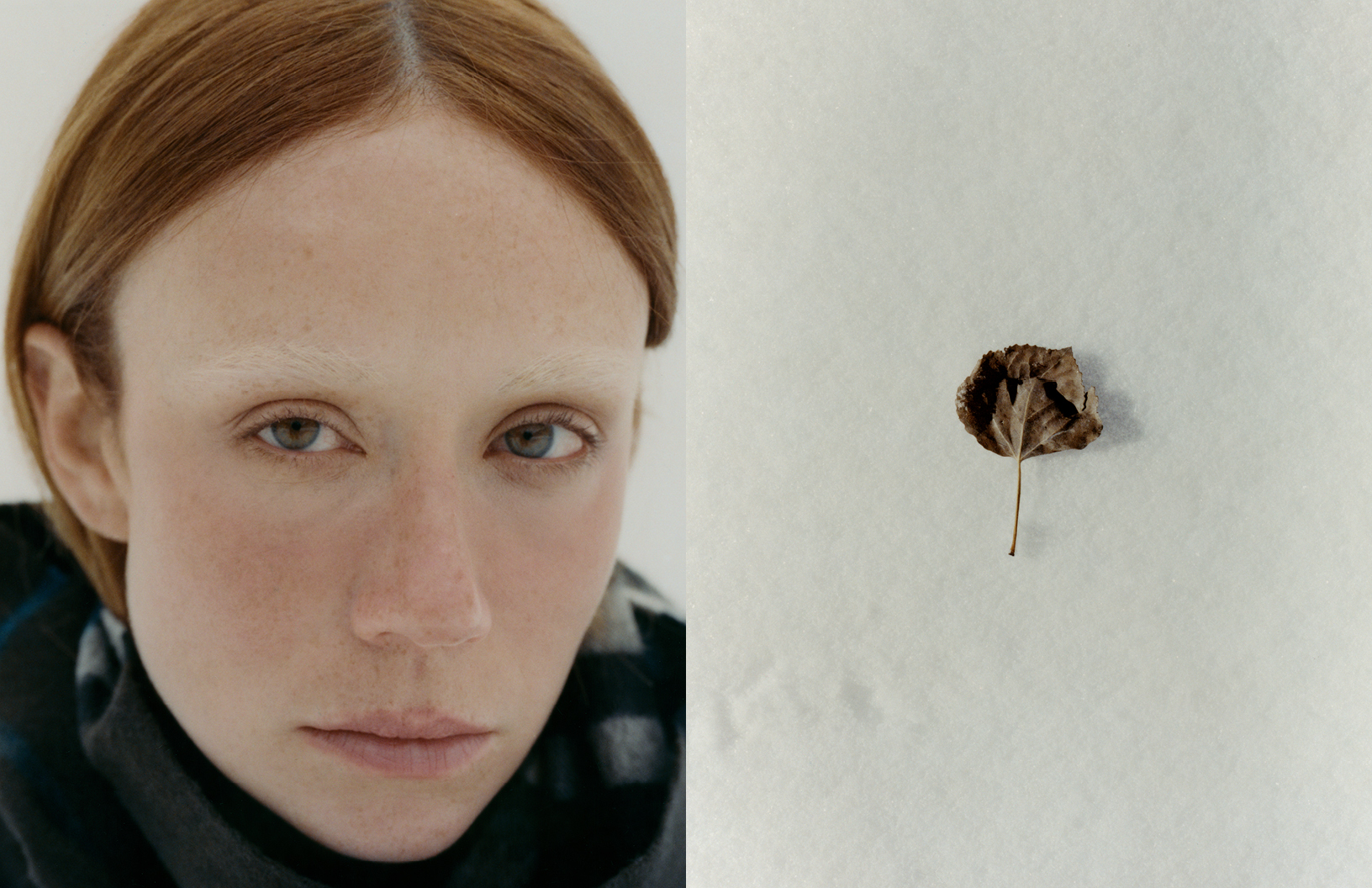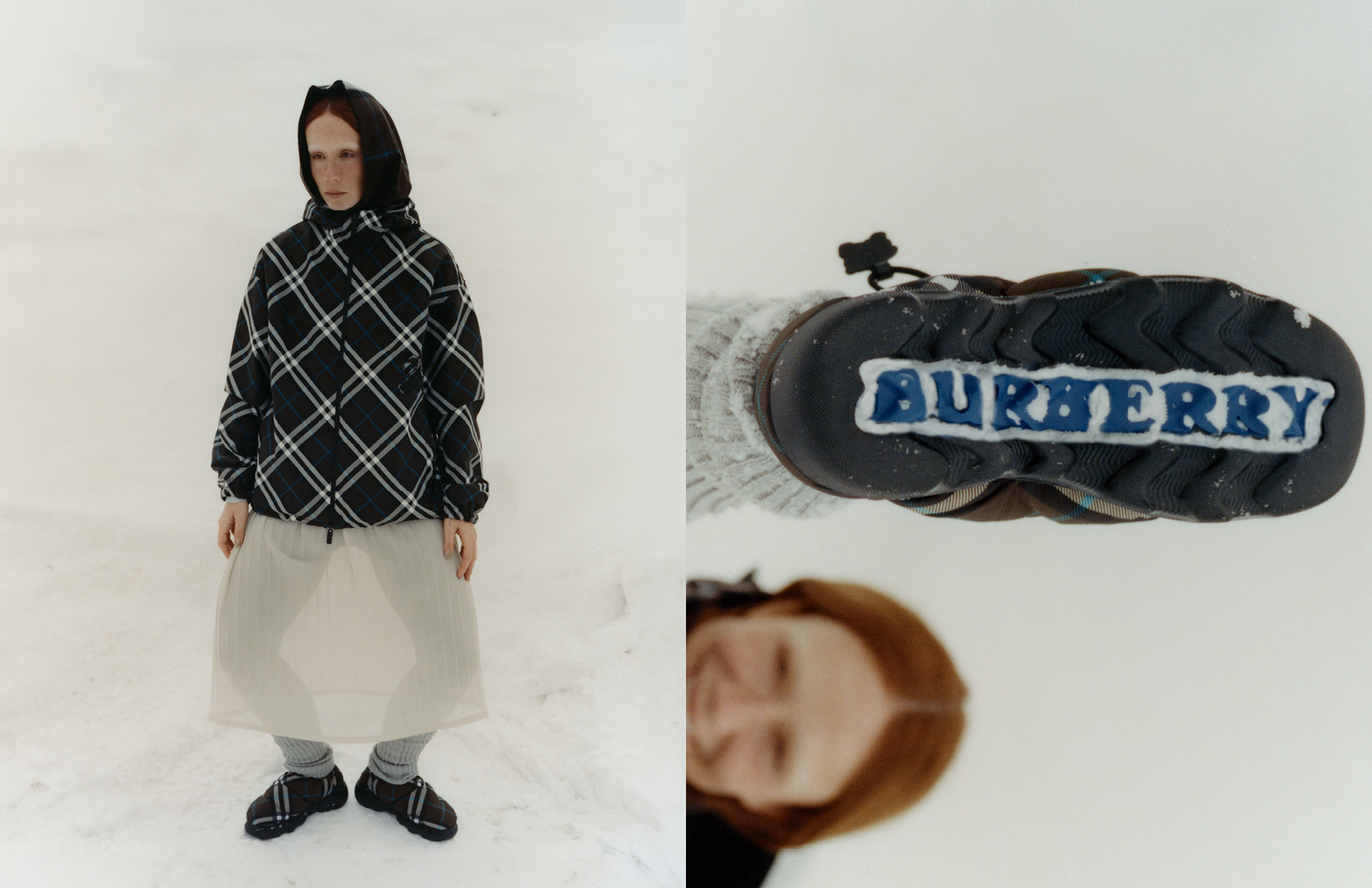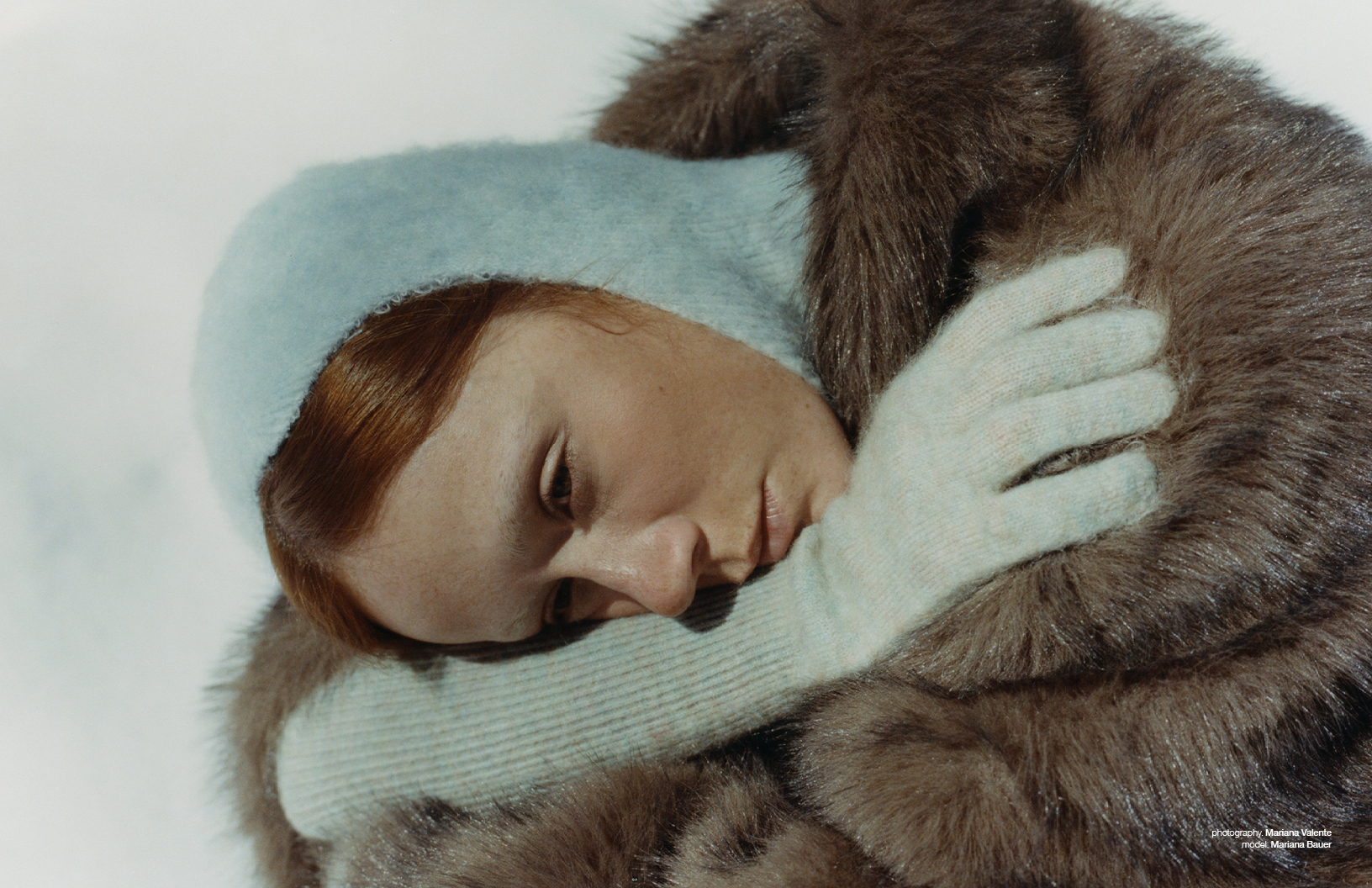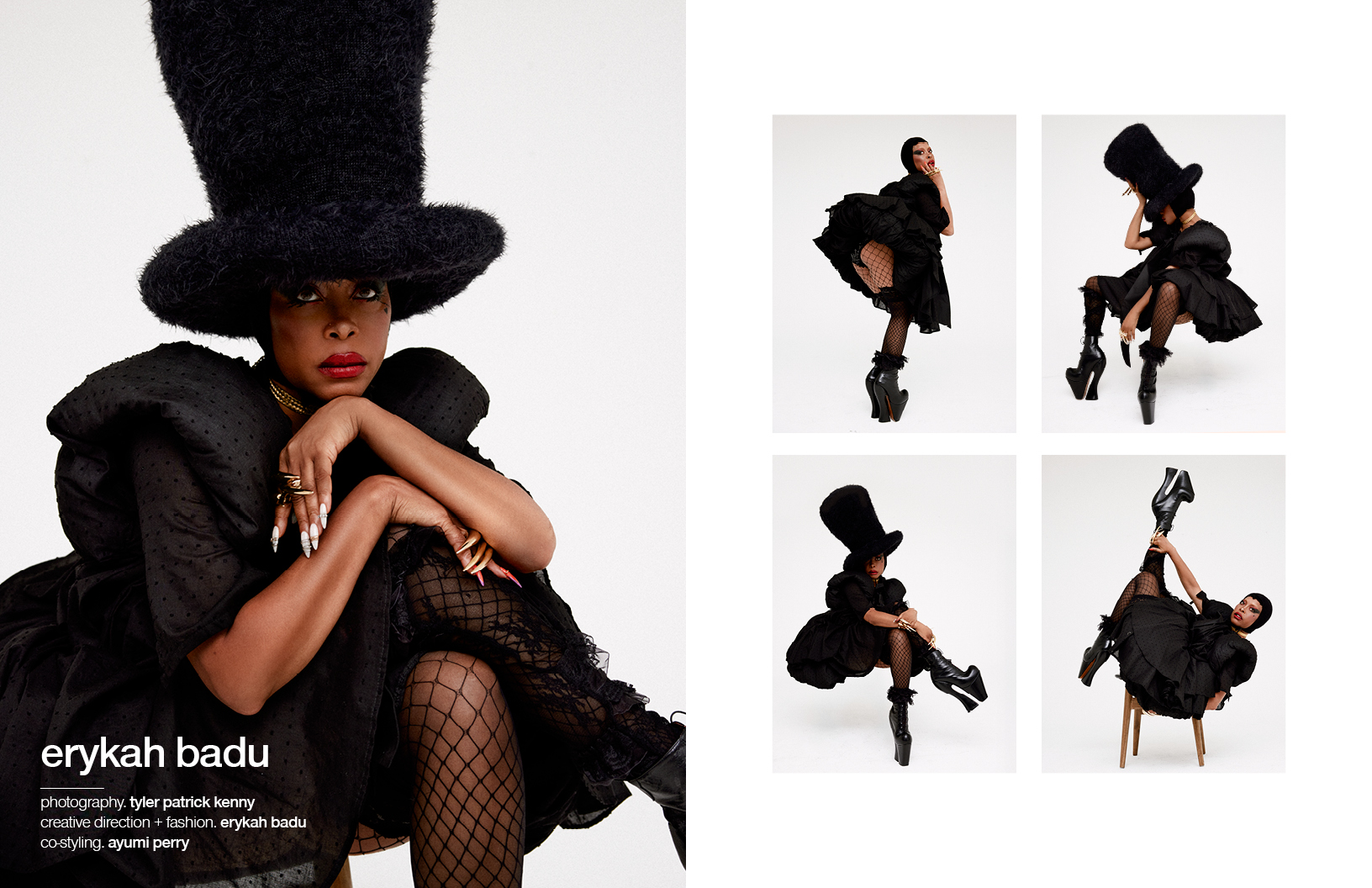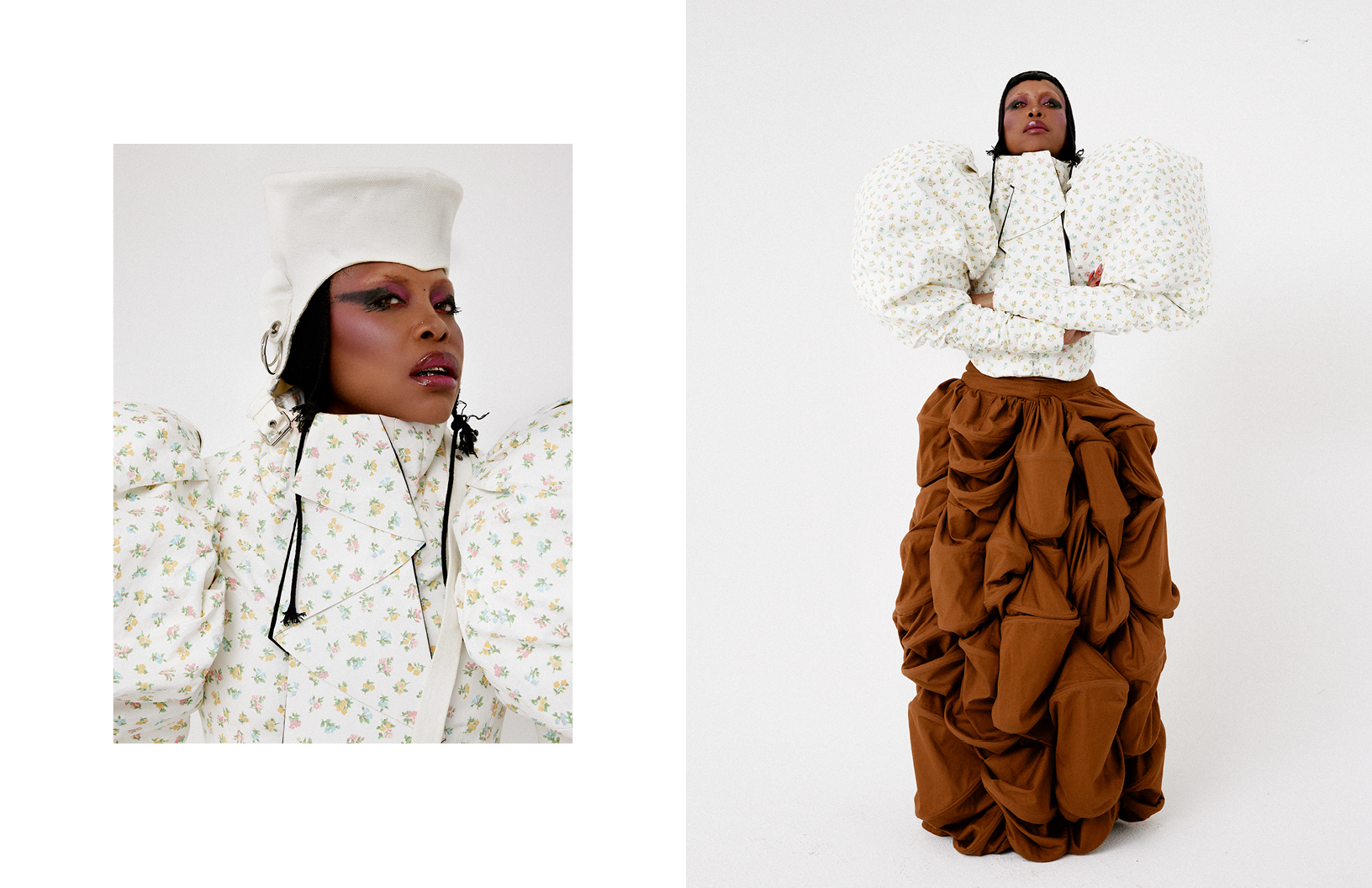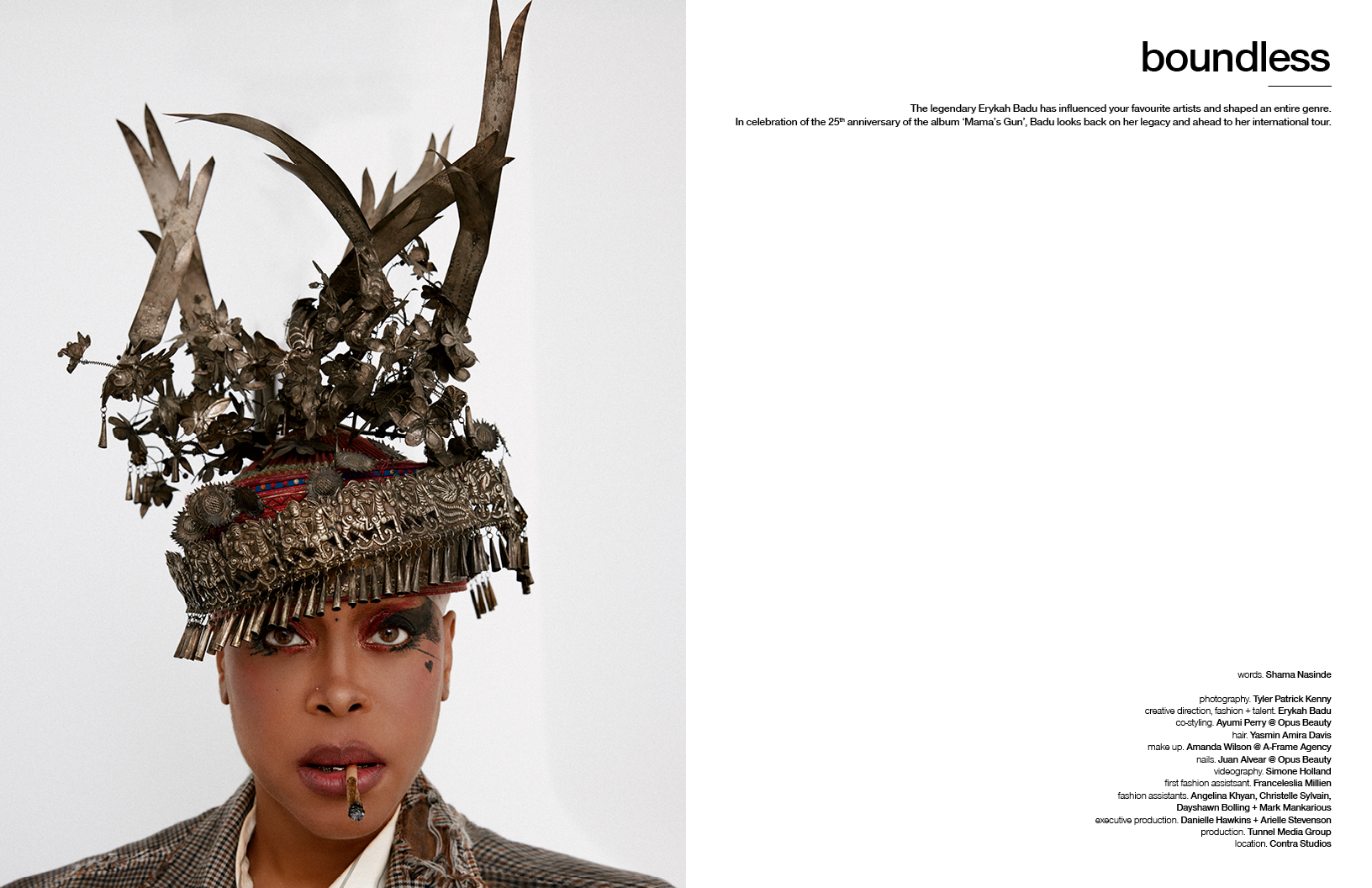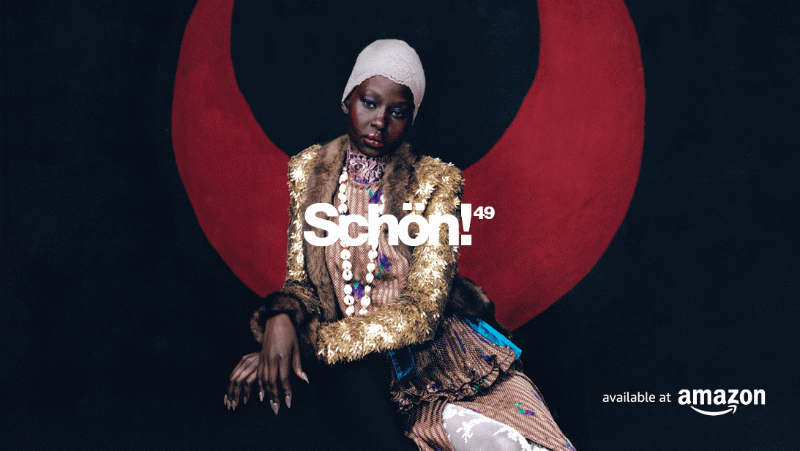
To be an athlete competing at an Olympian level, you represent three core values: perseverance, excellence, and a relentless pursuit of greatness. It’s the same grit and determination to craft tools and products that help those same athletes be their very best. Enter Caio Amato, Oakley‘s Chief Global Marketing Manager, whose dynamic leadership and visionary approach have propelled the brand to new heights.
With a career spanning decades in the marketing industry, Amato brings a wealth of experience and a fresh perspective to Oakley. His strategic mindset and passion for storytelling have been instrumental in redefining the brand’s image, creating campaigns that resonate deeply with consumers and athletes alike. From groundbreaking product launches to immersive brand experiences, Amato’s influence is evident in every facet of Oakley’s global presence. His leadership is characterized by a genuine passion for the brand and a commitment to fostering a culture of creativity and collaboration within his team.
As Oakley continues to push the boundaries of what’s possible in the world of sports and lifestyle eyewear, Caio Amato’s leadership will undoubtedly play a pivotal role in shaping the future of the brand. It’s apt, then, that Schön! sits down to discuss what the future holds for Oakley, upcoming 50th anniversary plans, and beyond.
A very general question to start – what does the future represent for Oakley?
Since the beginning, Oakley has been famous for building products for the future and delivering them to the present. We like to say that the future is now. We’re always trying to create things that challenge the status quo, both aesthetically and physically. In a way, we live in the future. There’s a phrase we use internally: we don’t predict the future, we create it.
How do you go about innovating and writing your vision for the future of Oakley?
We have a deliberate and unique process for creating the future, different from other brands. At Oakley, we decided to create a narrative that starts from an ad we did in 1992 for the Barcelona Olympic Games. In the ad, there’s a guy living in a bunker in a post-apocalyptic world. We loved that ad because it encapsulates everything about Oakley—the product, the architecture, the attitude. We decided to build on that story. We imagined what happens when the guy closes the door, and we’ve created a whole new narrative around that. The story continues with him finding a wife, having two kids, and so on.
So, you’re inventing the story further?
Yes, and now the story lands 200 years in the future. Our main character, Max Fearlight, lives in a bunker with his daughter. She’s a rebellious, mad scientist with a hopeful mindset like her mother. She leaves the bunker to explore the world. We wanted to see the world through the eyes of a 15-year-old inventive girl. We’ve created a three-dimensional universe, and we’re launching 12-minute segments of the film to share this vision with everyone internally, so they can align their creative efforts towards this shared future.
What was the story behind the idea for the radical change in Oakley’s identity with Future Genesis?
There are three key principles behind the change. First, we wanted to keep the brand’s DNA. We say we build from echoes—echoes of the past that build a vision of the future. Second, we literally wanted to break down the walls of our bunker. At our headquarters in California, we removed the wall in front of the bunker, making it visible to everyone. This is a metaphor for opening our doors to new creators, brands, and partnerships. And third, we wanted to present a hopeful future, not the post-apocalyptic vision Oakley was known for. This is why you see greenery growing, and tubes filled with plants as part of the decoration—it symbolizes a protopian, hopeful future.
Why did you choose an animated fiction to present Future Genesis?
Storytelling is the best way to take people on a journey. For example, if you show kids Iron Man making a bed, they’ll want to make their beds. At Oakley, we believe storytelling is a powerful tool to inspire people to join the brand on its journey. We chose a cinematic approach because it allows us to bring more detail to the screen. We’re not making a two-hour video, but rather 12-minute segments that are detailed and tailored to convey the experience, the product, and the architecture we envision.

How did the partnership with Dark Horse come about?
Dark Horse understands the industry like no one else. They have capabilities that we don’t, especially in distribution and reaching younger audiences. When we presented our vision to Dark Horse, they were excited to collaborate and help bring our brand’s story to life. It’s been an incredible partnership.
What possibilities does fiction offer that other mediums don’t? Why choose fiction over more standard campaign ideas?
At Oakley, we innovate, design, and tell stories wrapped in art. We believe the world is becoming more uniform and boring, with everyone doing the same thing. Fiction allows us to break away from that sameness. We don’t want to do what everyone else is doing—we live to create differently.
What role do the Olympics play for Oakley, and how do you prepare for such a major event?
The Olympics are a huge moment for us, with all eyes on the brand. Media is more expensive nowadays, but our purpose is to ignite human possibility. We don’t just see athletes breaking records; we enable them to do so. The Olympics is the greatest platform for us to showcase our products and tell the stories of our athletes.
How do you develop new styles for athletes? How does Oakley factor in their needs and performance requirements during the design process?
Our design ethos starts with defining problems, finding solutions, and wrapping them in art. We first understand the problems athletes face or anticipate future problems. Then we use physics and engineering to find solutions, which we then wrap in art. For example, we questioned why eyewear must be held by the ears and designed one that’s held by the head instead.
What technologies and designs have you innovated specifically for the Olympics? How do different disciplines require different solutions?
We’ve done a few things. First, we created the Latch Panel, an eyewear with side panels to help athletes isolate themselves from external pressure. Second, we designed a more understated eyewear piece for athletes who don’t want to draw attention but still want to show confidence. Lastly, we developed a groundbreaking surf helmet, the first of its kind, designed for safety and speed in water.
What recent innovations are you particularly proud of? You’ve spoken about the importance of athletes’ emotions, kindness, and empathy. Why is this human aspect so important to Oakley?
We believe life is all about empathy and self-awareness. The Future Genesis process is based on our main character’s psychological journey toward becoming a better version of himself. We want the brand to be seen as empathetic and human while maintaining our rebellious spirit, but now with a purpose behind it.
Many brands try to shock without purpose, but that can come across as empty.
Exactly. It can become transactional, lacking depth.
How do you choose your ambassadors and partners? What values does Oakley align with?
We’ve created an index to help us choose athletes based on their social role, personality, and performance. We prioritize athletes who are changing their environment and embodying a rebellious optimism about the future. Performance is important, but it’s not the only factor. For example, Kylian Mbappé partnered with us because of our shared goal to give the gift of sight to underprivileged kids, not just because he’s an amazing footballer.
Next year marks Oakley’s 50th anniversary. What can we expect?
It’s going to be groundbreaking. We have three major innovations in the world of sport that we’ll unveil. We’re planning the craziest, greatest party at our headquarters to mark the occasion. Next year will be remembered as the year Oakley went through a Renaissance, moving forward into a bright future.

Learn more about Oakley at oakley.com.
interview. Raoul Keil










































































